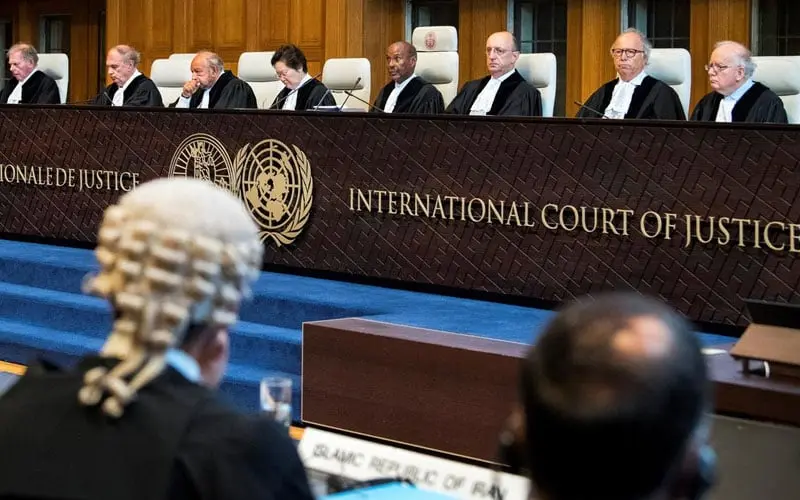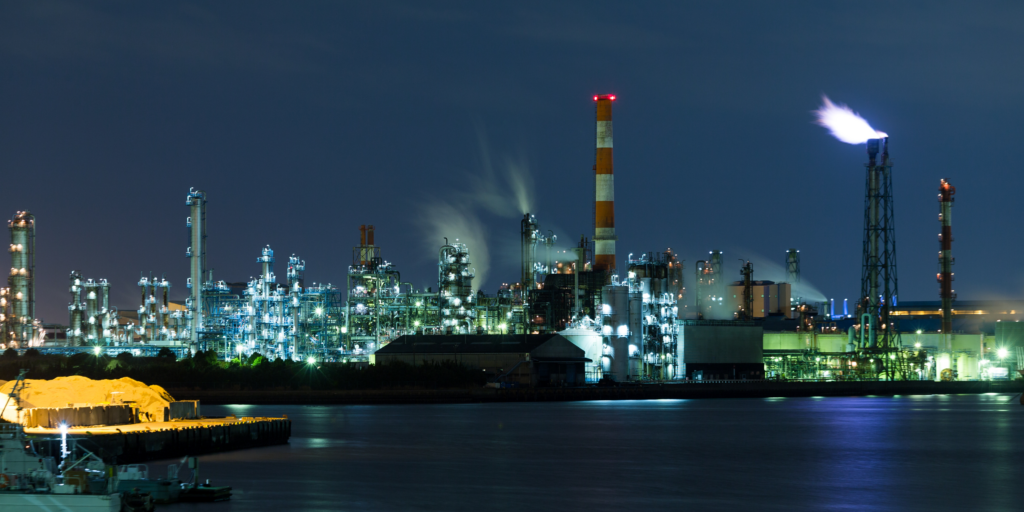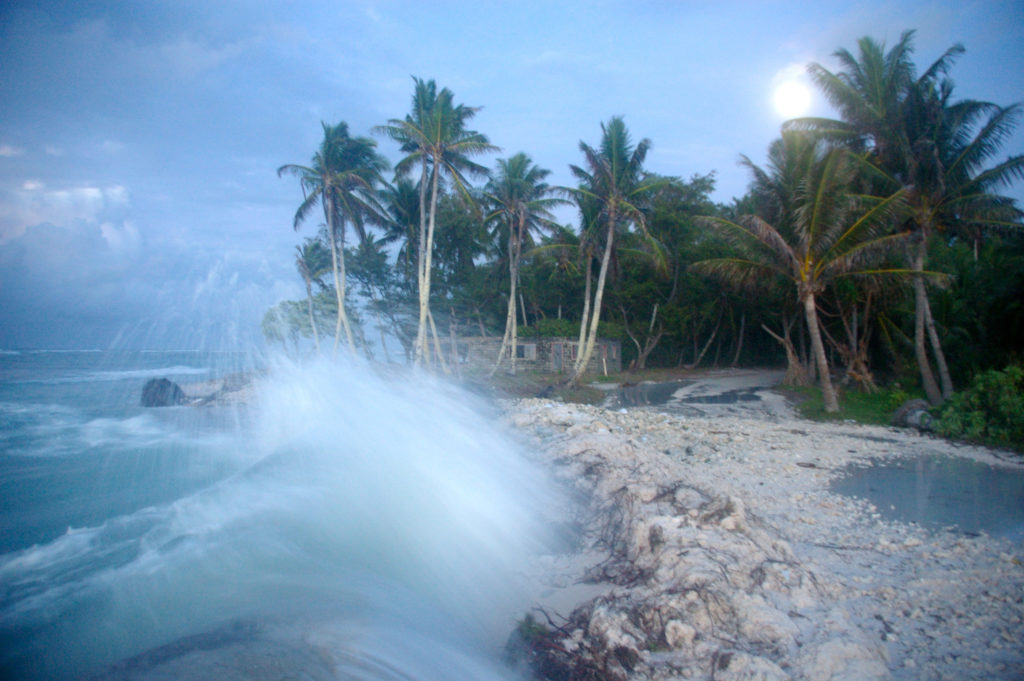The Federal Election is expected to be announced at any moment, and the difference between the major parties on climate change is now as stark as night and day.
Yesterday, the Australian Labor Party (ALP) announced its climate change policy. The policy includes a number of initiatives around reducing greenhouse gas emissions, capping Australia’s biggest polluters, boosting electric vehicles (EVs) and rebuilding the Climate Change Authority (CCA).
What’s included in the ALP’s climate policy:
- Reducing emissions. Including plans to cut Australia’s greenhouse gas emissions by 45% on 2005 levels by 2030, and ensure 50% of the nation’s electricity comes from renewable sources by 2030. Also included is a long term target of net zero greenhouse gas pollution by 2050.
- Capping Australia’s biggest polluters by tightening up the safeguard mechanism, to tackle some of the nation’s dirtiest industries
- Boosting electric vehicles (EVs) via a National EV Policy
- Rebuilding the Climate Change Authority, a government agency that reviews and advises on climate change policies and mitigation action
What’s missing:
- Greenhouse gas pollution reduction targets should be at least 65% by 2030, to be in line with the science, so Labor’s target of 45% will need to be rapidly ratcheted up
- Transport policies could be extended to be more effective, e.g. ensuring that all electric vehicles (EVs) are powered with renewables, and ramping up support for public transport, cycling and walking. For more information, read our latest transport report
- The policy is not explicit on coal, although some of the policies, such as the 50% renewable energy target, will reduce Australia’s dependence on it
- It is silent on the current Coalition Government’s potential investment in fossil fuel power generation, and the need to phase out domestic and export coal and gas
- A clear climate adaptation strategy, including funds to adapt to intensifying climate change
Read on for our in-depth run-down on what’s included in the policy, what’s missing, and our verdict on what it will mean for action on climate change in Australia:
1. Reducing emissions
The ALP reaffirmed its plans to cut Australia’s greenhouse gas emissions by 45% on 2005 levels by 2030, and ensure 50% of the nation’s electricity comes from renewable sources by 2030. Additionally, it has announced a long term target of net zero greenhouse gas pollution by 2050.
Crucially, Labor will not use Kyoto carryover credits to meet its greenhouse gas emissions reduction target. This dodgy accounting mechanism involves using credits that Australia gained in beating its 2020 goal under the Kyoto Protocol, to meet the new targets under the Paris Agreement – effectively double dipping on the same ‘success’. The ALP’s position is in contrast to the current Coalition government, which plans to rely on these credits to effectively weaken its already low target.
The verdict:
The ALP’s plan for a 45% emissions reduction target is significantly stronger than what we have now. It is very important that Labor has ruled out using Kyoto credits, which would have seriously undermined the strength of that target.
So, if elected, this would represent a significant step forward. But, we are starting from a very low base. The Climate Council has consistently said that the target should be at least 65% by 2030, to be in line with the science. If elected, the ALP will need to rapidly ratchet up this target.
2. Capping Australia’s biggest polluters
Labor also intends to expand the Coalition’s ‘safeguard mechanism’, which is a way to limit the greenhouse gas pollution of Australia’s biggest emitters. Currently, it applies to companies which emit more than 100,000 tonnes of greenhouse gas pollution each year. This has been ineffective, with pollution rising the past four years. Labor’s policy would lower that cap to 25,000 tonnes, which will force about 250 of Australia’s largest polluters to reduce their emissions.
The verdict:
Tightening up the safeguard mechanism is a pragmatic step in tackling some of the nation’s most polluting industries.
3. Boosting Electric Vehicles (EVs)
Labor has announced a National EV Policy to support the uptake of cleaner transport. This includes a national EV target of 50% new car sales by 2030, with half of all government fleet vehicles to be electric by 2025.
To support this transition, the ALP has also proposed:
- A $200 million infrastructure plan to create an electric vehicle charging network across the nation
- Tax deductions for businesses to buy EVs
- Incentives for residential and commercial developments to create new charging facilities
- Investment in public transport projects
Importantly, the ALP has announced plans to introduce new Vehicle Emissions Standards, which will limit the amount of carbon pollution per kilometre from light vehicles.
The verdict:
Transport is a major polluter and one of the fastest growing sources of greenhouse gas emissions, with passenger motor vehicles representing the largest single source of transport pollution. These new policies are a positive step in reducing greenhouse gas pollution, in a sector that has previously had little attention. Supporting the Australian EV revolution will not only be beneficial for our climate, but our health, economy and energy security as well.
However, there are opportunities to extend these policies further to make them more effective. For instance, ensuring that all EVs are powered with renewables and ramping up support for public transport, cycling and walking, to reduce congestion in Australia’s major cities. For the Climate Council’s policy recommendations on transport, which we will continue to put to all parliamentarians, read our latest transport report.
4. Rebuilding the Climate Change Authority
Labor will rebuild and strengthen the Climate Change Authority (CCA), a government agency that reviews and advises on climate change policies and mitigation action. The CCA can conduct important independent research and modelling work to ensure that Australia can adapt to a changing climate. This will include a triennial Climate Change Assessment, analysing the impacts of climate change on Australian life.
The verdict:
In order to respond to the increasing threat of climate change, it is essential that the Australian Government has access to independent science, research and modelling to inform policy.
Under the current government, the CCA has been reduced to a skeleton of its former self. Its funding has been slashed and there is no climate science expertise on the CCA Board. There is significant work to do to restore its credibility and enable it to provide frank and fearless advice to the Government.
Restoring the Climate Change Authority’s funding, and initiating Climate Change Assessments is a very positive move. It is critical that the Board of the CCA and the Panel advising the Assessments includes climate scientists.
To receive expert run-downs on climate change impacts and solutions, join our mailing list today.
What’s missing?
Despite showing leadership on a range of issues, there are a number of glaring omissions. The ALP’s climate policy is not explicit on coal, although some of the policies, such as the 50% renewable energy target, will reduce Australia’s dependence on it.
The ALP’s climate policy is silent on the current Coalition Government’s potential investment in fossil fuel power generation, and the need to phase out domestic and export coal and gas (including the controversial Carmichael coal mine). Rapidly phasing out fossil fuels is crucial to tackling climate change effectively.
Climate change is affecting Australians today. While the ALP recognises the importance of adapting to a changing climate and has proposed climate assessments, a clear climate adaptation strategy, including funds to adapt to intensifying climate change, needs to urgently be implemented. We have already lost valuable time.
What does ALP’s climate policy mean for action on climate change in Australia?
After years of climate policy stagnation and a lack of leadership at the federal level, yesterday’s announcement dramatically distinguishes the ALP from the Coalition.
On the TV news yesterday, I said, “Bill Shorten has a fire truck, while Scott Morrison is holding a watering can.” To extend the analogy, we know that we need a fleet of fire trucks and air reinforcements and more to tackle the climate crisis. But, the ALP’s announcement is a substantial step forward and can be celebrated.
However, if elected, the ALP would need to rapidly ratchet up these policies to ensure the scale and speed of transition that is required. It is critical that groups like the Climate Council are there to hold them to account every step of the way and push for stronger ambition and policies that are in line with what is required.










